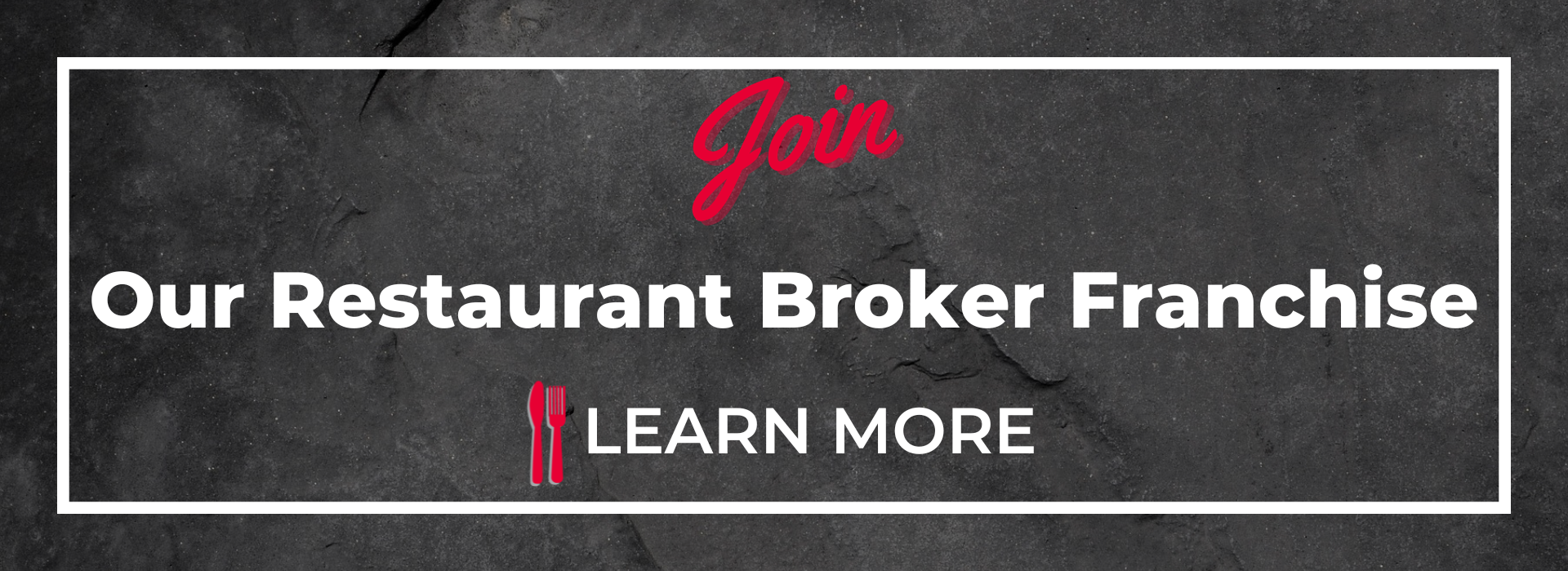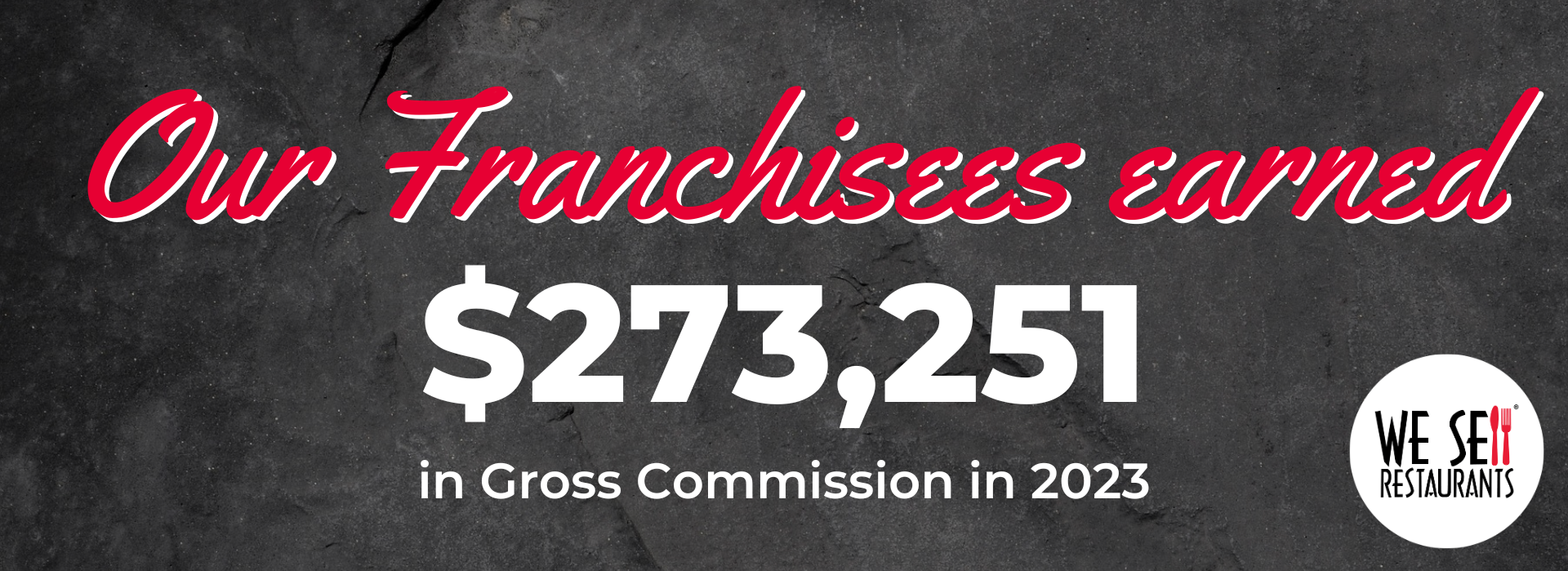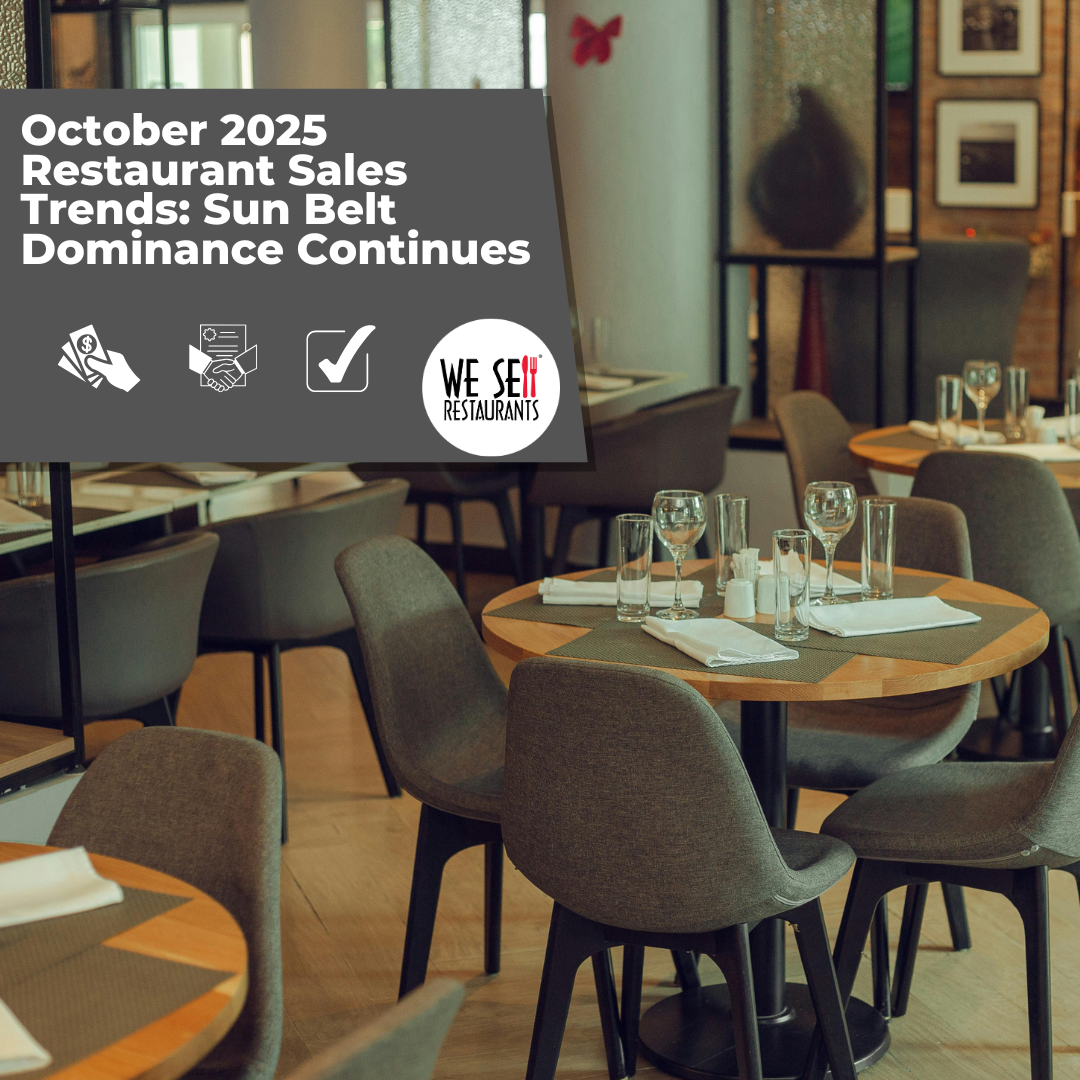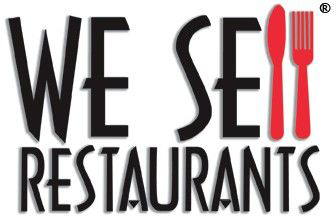If you're planning to sell your restaurant in 2025, understanding the lease transfer process is more important than ever. Whether you own a franchise restaurant, an independent concept, or a location in a second-generation space, your lease can either be the smoothest part of the deal—or the biggest roadblock to closing.
At We Sell Restaurants, we’ve guided thousands of restaurant owners through the selling process. One common thread in nearly every deal? The lease. It's not just a piece of paper. It’s the legal foundation that gives a restaurant its location, value, and continuity. In 2025, with commercial landlords tightening requirements and trends reshaping retail leasing, sellers must approach lease transfers with a detailed strategy.
Here are five critical facts every restaurant owner must know about lease transfers in today’s market—plus new developments in 2025 that could impact your deal.
Lease Transfer Processes Are More Complex Than Ever
In 2012, our book, Appetite for Acquisition, had an entire chapter dedicated to the premise that, “The Landlord is Not Your Friend.” Since then, things have only gone downhill. Gone are the days when transferring a lease meant simply notifying your landlord of the sale. Today, restaurant leases contain detailed clauses around “assignment” or “subletting.” These are the specific terms that dictate what happens when you sell your business. Many of these clauses give landlords broad authority to approve or deny the new tenant, impose new lease terms, or require additional fees.
In 2025, we're seeing an uptick in landlords adding "requalification" clauses, allowing them to renegotiate rent, extend term requirements, or request increased security deposits during lease transfers. Landlords are also more likely to involve legal teams early in the process, leading to longer review periods. What used to take 30 days can now stretch to 60 or even 90 days if the buyer isn’t prepared.
If you belong to a franchise brand and are lucky enough to have what’s known as a “Lease Rider” in place, make sure you know your rights and the franchise brand’s rights under that rider. In most instances, it allows for automatic “consent” for a new franchisee, an incredibly valuable asset for anyone selling their restaurant.
Tips for Success:
- Review your lease assignment clause upfront. Know if your lease is assignable, what notice is required, and whether the landlord can deny a transfer "at their sole discretion."
- Involve a Certified Restaurant Broker® early. These experts understand lease language and can advise on key provisions that may need to be negotiated.
- Confirm if you have a lease rider. If there is a rider for the lease, it will be attached at the end. Read and understand it or better yet, have an attorney or Certified Restaurant Broker® confirm the language for you.
- Have a backup strategy. If the landlord requires a new lease instead of a simple assignment, your buyer needs to be ready to negotiate new terms.
Buyers Must be Packaged for Success
Landlords are more cautious than ever when evaluating new tenants. In 2025, this means your restaurant tenants must come to the table with a full and polished application package. This is much mor extensive than just a lease application.
At a minimum, most landlords today will ask for:
- A completed application form
- Personal and/or business financial statements
- Tax returns (typically 2–3 years)
- A credit check authorization
- A detailed business plan or restaurant concept description
- Your menu
- Proof of liquid capital or working capital on hand
Landlords want assurance that the buyer will not only pay rent on time but also operate the restaurant successfully. A well-prepared buyer package reduces landlord pushback and shortens approval time.
If you delay or present only parts of this package, you can expect a slow down or even worse, turndown on lease approval. Prepare early and be ready with all the requested documents. If you are your business is on an extension for filing taxes, push your CPA to complete the most recent year.
2025 Trend:
Some landlords now use third-party screening platforms. These are similar to tenant screening used for many years in residential real estate. Unfortunately, this can lead to a simple pass or fail score. These platforms speed up approvals but offer little room for negotiation once a red flag appears. Before ever applying for a lease, pull your own credit and a DUNS report on your business to make sure there are no errors in the credit reports. If you have a partner, both of you should go through a standard criminal background check to be sure there are no errors or an inadvertent mistake on your report.
Broker’s Perspective:
A Certified Restaurant Broker® can offer advice and provide business plan templates and information on building a package on behalf of the restaurant buyer. Artificial Intelligence options like ChatGPT, Grok, or Perplexity can put a business plan together in minutes that would have taken days and cost hundreds of dollars a few short years ago. If you go this route, carefully read the business plan to be sure it is accurate and consider creating on one platform and running it through the other two for a second check. Overall, a professional business plan says you are thorough, have a well thought-out plan and are someone the landlord wants to do business with. It also avoids delays caused by missing documents or poorly presented financials.
Personal Guarantees Haunt You After the Sale
The biggest bone of contention and lease understood portion of a restaurant lease transfer is the issue of personal guarantees. If you personally guaranteed the lease when you started your business, that liability doesn’t always leave when you sell. The only time to negotiate this is at the outset of the lease, not at the time of transfer. Outside of a blanket guarantee, there are other options to offer the landlord.
In 2025, landlords continue to lean on sellers for ongoing guarantees. This is especially true if the restaurant buyer is undercapitalized or new to the industry. That means, years later, you could be liable for a location you sold, even after you handed over the keys. Be clear on what and how long you are willing to guarantee the lease and carefully consider these strategies to protect yourself now and in the future.
- Negotiate a “release of guaranty” as part of any lease transfer. Ask the landlord to terminate your obligation at closing.
- Negotiate an upfront preapproval on transfer. If a buyer meets certain net worth and liquidity requirements, you will be released upon transfer.
- Request a “limited guarantee.” If a full release isn’t possible, negotiate a cap on your exposure—e.g., 12 months of rent or until the buyer completes a probationary period.
- Structure the deal with contingencies. At We Sell Restaurants, we often build lease approval and personal guaranty release into the contract as closing conditions.
The time to negotiate an exit on the lease is BEFORE signing it, not at the time of transfer. Early in the lease is when you have the most leverage. At the point of transfer, the landlord will seek to keep as many parties as possible on the lease.
Franchise Sellers Take Note:
If you're selling a franchised restaurant, your franchise agreement may include a separate personal guaranty. Even if your lease liability ends, you could remain liable under the franchise agreement unless a proper transfer or termination is executed. Work with your franchisor and a broker familiar with franchise resales to ensure full release.
If you are a franchise, their legal counsel may have a lease rider that is required on all leases that may address the ultimate transfer of the lease, conditions, costs and guarantees. These are typically very favorable to you, as a tenant, so ask if they have one.
Landlords Often Lack Incentive to Facilitate Transfers
It may seem surprising, but landlords don’t always share your excitement about selling your restaurant. Why? Because lease transfers offer them less upside than new leases.
When a lease is transferred:
- Rent stays the same
- Terms remain unchanged
- They often retain the same expiration and renewal windows
But when a lease is terminated, and a new tenant is found:
- Landlords can raise rent
- Reset the term
- Require tenant improvements or remodels that enhance the property
That’s why in 2025, some landlords are dragging their feet or outright denying transfer requests. Especially if a lease was signed post Pandemic (say 2021), when market rents were lower. They know you have an “under market” deal today and they want you to give up and vacate. In competitive retail corridors, landlords may even prefer to reposition the space for a national tenant or a different concept that better aligns with their tenant mix. Consult an attorney and be aware of your rights.
Seller’s Strategy:
- Communicate early and professionally. A courteous, clear approach sets the tone for cooperation.
- Leverage experience. A Certified Restaurant Broker® can speak the landlord’s language, provide reassurance about the buyer’s viability, and overcome objections.
- Know your lease’s legal protections. If your lease says the landlord “shall not unreasonably withhold consent,” they must justify any denial but you may need an attorney’s intervention.
Legal and Market Trends Are Changing the Game
Staying ahead of legal and market changes is essential in 2025. Here are three developments restaurant sellers must understand when it comes to lease transfers:
Legal Changes in Assignment Laws
State legislatures continue to revise commercial leasing laws. For example, recent legislation in Florida and California has tightened notice periods and clarified language around landlord approvals. These laws now require landlords to respond to assignment requests within a specific window, say 30 days, or forfeit their right to deny. This is a huge win for sellers and gives them more leverage, but only if they know their rights.
The Rise of Flexible Lease Structures
The past year has introduced more flexible and innovative lease structures in the restaurant industry. We’re seeing a rise in variable lease models, including percentage rent, revenue share agreements, and short-term licenses. These arrangements often appeal to non-traditional concepts such as ghost kitchens, pop-ups, and seasonal operators. However, they can introduce complexity during a restaurant sale or transfer.
One common variable lease format is percentage rent, where the tenant pays a base rent plus a percentage of gross sales once a certain sales threshold. This sales threshold is known as the breakpoint and percentage rent is applied when it is exceeded. If your lease includes this type of clause, it's critical to understand how their projected sales will impact their total rent obligation.
A common mistake is underestimating the cost of percentage rent. If the breakpoint is set too low, rent expenses can exceed those in a traditional fixed lease. Ideally, the natural breakpoint, the point where base rent divided by the percentage rent rate equals gross sales, should be a high number that’s unlikely to be surpassed early on. Otherwise, the tenant may begin paying percentage rent sooner than expected, increasing overall occupancy costs.
Ghost Kitchens and Shared Spaces
Some restaurant spaces now operate under shared or co-working food licenses. These may not be assignable in the traditional sense. If you’re selling a space with multiple food brands operating under one roof (or a commissary model), consult with a broker familiar with hybrid lease structures.
Real-World Example: A Lease Transfer That Almost Derailed a Sale
One of our Certified Restaurant Brokers® recently represented a successful fast-casual concept in a prime urban location. The buyer was highly qualified, the purchase agreement was signed, and the closing was scheduled within 60 days.
Then the landlord stepped in.
Despite the buyer’s experience and financial strength, the landlord insisted on a full lease renegotiation. He wanted both a rent increase and a five-year term extension. The buyer balked. The deal stalled. Only after several weeks of broker-led negotiation, including a compromise on security deposit and a partial rent increase, did the deal get back on track.
The lesson? Lease transfers can be the most unpredictable part of your restaurant sale. Don’t assume it will go smoothly—even if your buyer is top-tier.
What You Can Do Today to Prepare
If you’re thinking of selling your restaurant this year, here are steps you can take now to get ahead of the lease transfer process:
- Pull a copy of your lease and review assignment language. If you don’t understand it, ask a Certified Restaurant Broker or attorney to explain it.
- Start a conversation with your landlord. Let them know you’re considering selling and ask about their expectations for a transfer.
- Organize financial documents and tax returns. A clean, complete package makes your business—and your buyer—look stronger.
- Work with a broker who specializes in restaurant leases. Not all business brokers understand the nuances of restaurant lease transfers. Make sure yours does.
- Have a plan for lease-related liabilities. Know what you’re willing to negotiate in terms of guarantees, deposits, and potential exposure after the sale.
Selling a restaurant in 2025 means facing a more regulated, cautious, and complex leasing environment. Landlords have more tools at their disposal, buyers must meet higher standards, and lease language is more detailed than ever.
But with the right preparation and expert guidance, you can navigate your way through the lease transfer process.
At We Sell Restaurants, our Certified Restaurant Brokers understand the ins and outs of lease transfers. We work directly with landlords, buyers, attorneys, and franchisors to ensure a seamless process that protects your interests and keeps your deal moving.
Ready to sell your restaurant? Let us help you evaluate your lease, prepare for buyer inquiries, and manage the transfer process from start to finish.
Contact us today for a confidential consultation.
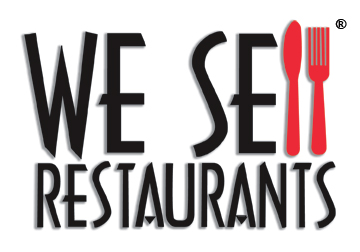
 404-800-6700
404-800-6700
.png?width=870&height=508&name=Selling%20a%20Restaurant%20in%202025%20Five%20Must-Know%20Facts%20About%20Lease%20Transfers%20(1).png)
